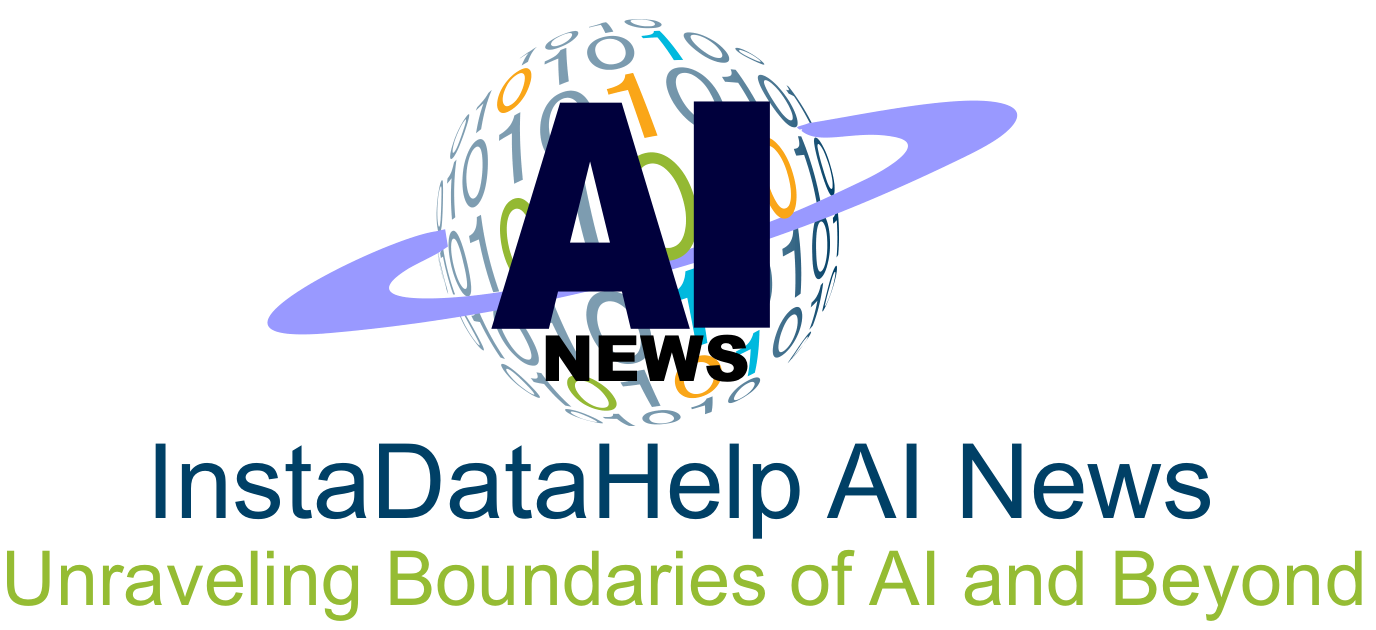Natural language processing (NLP) is a field of computer science that focuses on the interaction between computers and human language. NLP has been around for decades, but it has only been in recent years that the field has seen significant progress. This progress is due in large part to the development of large language models (LLMs).
LLMs are statistical models that are trained on massive datasets of text. These models can then be used to generate text, translate languages, answer questions, and perform other tasks that require understanding human language.
One of the most advanced LLMs is OpenAI’s GPT-3 or Generative Pre-trained Transformer 3, it is a large language model (LLM) developed by OpenAI. It was first announced in November 2020 and has since been released in several different versions. GPT-3 is the most powerful language model ever created, and it has the potential to revolutionize a wide range of industries. Here are just a few of the ways that GPT-3 is being used today:
- Content generation: GPT-3 can be used to generate a wide variety of content, including articles, blog posts, marketing copy, and even creative writing.
- Translation: GPT-3 can be used to translate text from one language to another. It is currently being used by Google Translate and other translation services.
- Code generation: GPT-3 can be used to generate code in a variety of programming languages. This makes it a valuable tool for developers who need to quickly prototype new ideas or generate code for repetitive tasks.
- Question answering: GPT-3 can be used to answer questions in a comprehensive and informative way. This makes it a valuable tool for customer service representatives, researchers, and anyone else who needs to find information quickly.
GPT-3 is still under development, but it has already had a significant impact on the world. It is being used by companies of all sizes to improve their products and services, and it is opening up new possibilities for creativity and innovation. As GPT-3 continues to develop, it is likely to have an even greater impact on the world.
Here are some of the potential benefits of GPT-3:
- Increased productivity: GPT-3 can automate many tasks that are currently done by humans, such as writing reports, generating marketing copy, and translating languages. This can free up people to focus on more creative and strategic work.
- Improved customer service: GPT-3 can be used to answer customer questions in a more comprehensive and informative way than traditional customer service representatives. This can lead to happier customers and increased sales.
- New business opportunities: GPT-3 can be used to create new products and services that were not possible before. For example, GPT-3 could be used to create a new kind of chatbot that can provide personalized advice and support to customers.
Real-world use cases of GPT-3
GPT-3 is already being used in a variety of real-world applications, including:
- Customer service: GPT-3 can be used to create chatbots that can answer customer questions and resolve issues. This can help businesses to improve customer satisfaction and reduce the cost of customer service.
- Content generation: GPT-3 can be used to generate high-quality content for a variety of purposes, such as blog posts, articles, and marketing materials. This can help businesses to save time and money on content creation.
- Virtual assistants: GPT-3 can be used to create virtual assistants that can help people with a variety of tasks, such as scheduling appointments, making travel arrangements, and providing information. This can help people to be more productive and efficient.
Of course, there are also some potential risks associated with GPT-3. For example, GPT-3 could be used to generate fake news or propaganda. It is important to be aware of these risks and to use GPT-3 responsibly.
Overall, GPT-3 is a powerful tool with the potential to revolutionize a wide range of industries. It is important to use GPT-3 responsibly, but it also has the potential to make a positive impact on the world. It is still under development, but it has the potential to revolutionize a wide range of industries. As GPT-3 continues to improve, it is likely to become even more widely used in real-world applications. GPT-3 has the potential to change the way we interact with computers and the way we live our lives.
